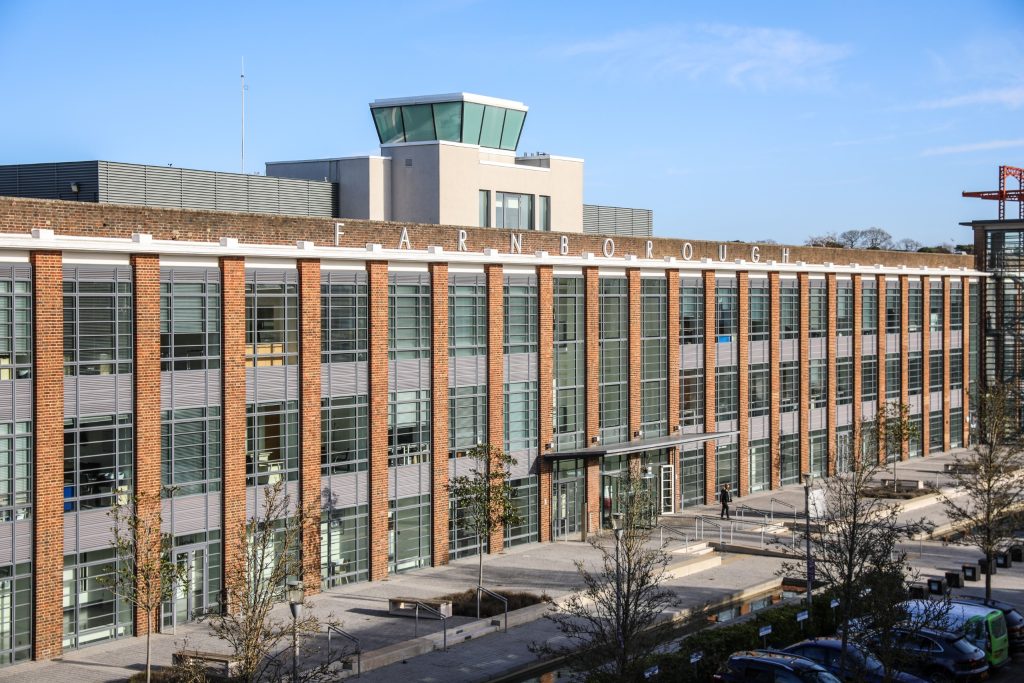Improving employee mental health through office space design
There is now an increased awareness and recognition of how the workplace impacts employee mental health. Stress can prevent us from entirely focusing and doing our best work, even on our best days. Consequently, employers are increasingly looking for ways to design modern office space that supports good mental health and well-being.
In this blog, we explore four key benefits of the right modern office space design in employee welfare and provide tips for designing and implementing office spaces that support good mental health.

Benefits of modern office spaces for employee mental health and wellbeing
Belonging is a fundamental human need, and the workplace helps to fulfil that need. When workplaces support a sense of belonging, it can be a source of healing rather than a hindrance to our wellbeing.
For many people, the modern office is a space for building a sense of community and connection with others, providing a supportive environment that can promote positive wellbeing.
A well-designed office space can:
- Encourage social interaction
- Create a sense of community
- Provide natural positive stimulation
All of which can contribute to improved mental health.
Here are some of the main benefits that can be achieved with a wellness-centric design for a modern office space:
Office design that encourages social interaction reduces stress
Encouraging interaction between employees reduces stress and supports mental health. People with strong workplace connections are more likely to feel supported and less likely to suffer from anxiety or burnout.
Studies have found that individuals with strong social networks are better equipped to cope with stressful situations and are less likely to experience negative psychological symptoms such as anxiety and depression.
Furthermore, social interaction can promote a sense of belonging and connectedness, linked to improved mental health outcomes.
Feeling connected to others and having a sense of community can give people a sense of purpose and meaning in life, improving overall wellbeing.
Office spaces can be designed to facilitate social interaction in several ways. For example, creating communal areas such as break rooms and collaboration spaces can allow employees to socialise and connect.
A strong sense of community improves employee engagement
When employees feel connected to their workplace and colleagues, they are more likely to feel motivated, engaged, and mentally supported. Open layouts, shared amenities, and visual openness all contribute to that sense of community.
This sense of community can be nurtured through the design of the modern office space. An open layout is an effective way to create a sense of community in the office space.
This layout enables employees to interact with each other more freely and fosters a sense of collaboration and teamwork.
Communal areas, such as break rooms and cafes, can provide employees with a space to socialise and connect outside of work-related tasks. These areas can be designed with comfortable seating, tables, and amenities such as coffee machines and microwaves.
Quiet spaces for focus reduce burnout
Not all work is collaborative. Employees also need focused time. Providing quiet zones helps reduce distraction and supports cognitive performance.
In today’s fast-paced workplace, employees often face distractions that can lead to stress, anxiety, and burnout.
A well-designed office space provides quiet spaces for focused work by creating designated areas free from distractions and noise.
A quiet space provides employees with a designated area to escape from the noise and interruptions of the open office environment, allowing them to focus on their work and increase their productivity.
It also helps employees to recharge and reduce stress levels, promoting a positive work-life balance.
Natural light and biophilic design boost wellbeing
Access to natural light helps regulate mood, sleep, and energy levels. Biophilic design is a practice which details the inclusion of nature-inspired elements to create a calming, health-boosting workspace.
Office spaces with these inclusions can create a calming and inviting atmosphere, making employees feel more relaxed and comfortable. This can create a sense of community by creating a shared environment conducive to collaboration and teamwork.
Incorporating natural elements such as plants and greenery can also promote a sense of calm and relaxation, encouraging social interaction and reducing stress levels.
Designing an modern office space for mental health and wellbeing
Designing an office space that promotes good mental health requires careful consideration of various factors. It doesn’t have to be complicated or expensive.
It can be as simple as creating a small room with sound-absorbing materials, such as carpets, curtains, or acoustic panels. Ensuring the space is comfortable, well-lit, and equipped with comfortable seating is essential, so employees can relax and work without distractions.
Implementing mental health & wellbeing programs in office spaces
Employee Assistance Programs (EAPs) are workplace initiatives that provide employees access to various mental health resources and support services.
These programs help employees cope with personal or work-related problems affecting their job performance, productivity, and overall wellbeing.
EAPs typically offer various mental health services, such as confidential counselling and therapy sessions, which can be provided in person, over the phone, or through video conferencing. Licensed mental health professionals often offer these services and can address various issues, including stress, anxiety, depression, addiction, and relationship problems.
Conclusion
Promoting social interaction, creating a sense of community, providing natural light, and providing quiet spaces for focused work, office spaces help create a positive and productive work environment.
Their design can significantly impact employee mental health and wellbeing.
Employers who prioritise the design of their office spaces can create a workplace that promotes social interaction, makes sense of community, and provides natural light, all of which can contribute to improved mental health and wellbeing.
By taking these steps, employers can create a workplace that supports the wellbeing of their employees, leading to increased productivity, reduced absenteeism, and a happier, healthier workforce.
Other news and articles

5,300 sq ft deal for PolarSeal’s first Corporate Innovation Hub

Supporting our local community and giving back continues to be a big part of life at Farnborough Business Park, from volunteering to fundraising for our chosen park charity, Phyllis Tuckwell Hospice Care, which provides vital end-of-life support for patients and families across Surrey and Hampshire.

When renting business premises, every square foot is expected to support performance and wellbeing, with the most successful organisations creating forward-thinking environments that adapt to their needs, whilst keeping employees engaged and productive.